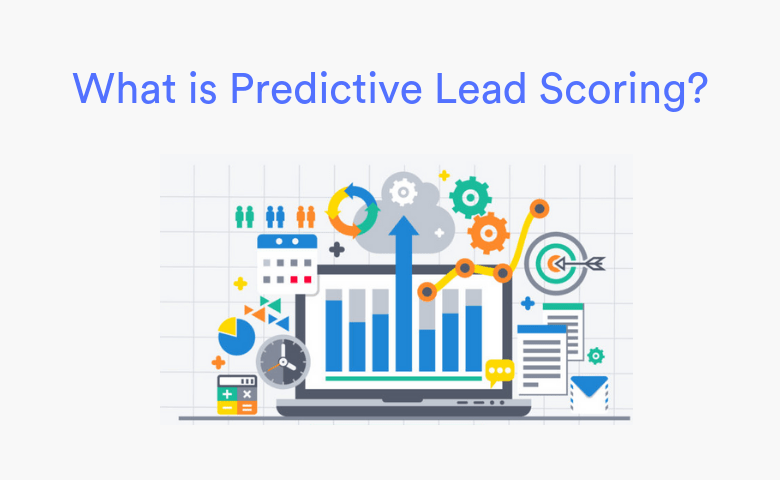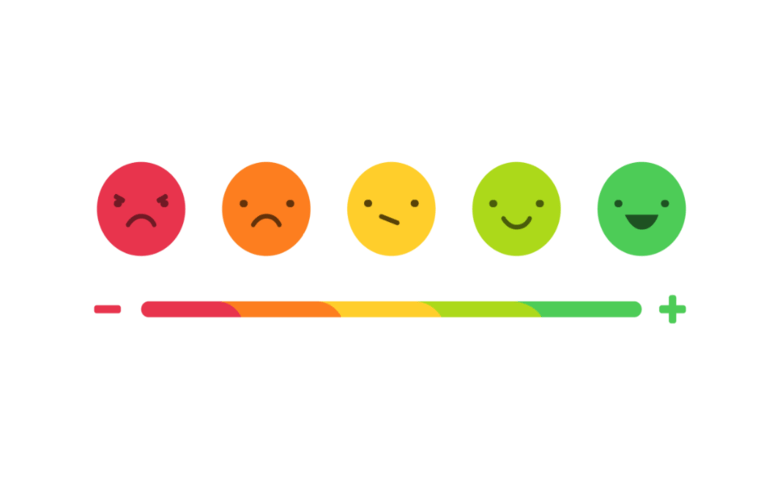

Predictive lead scoring is a data-driven lead scoring methodology that uses historical and activity data and predictive modeling to identify the sales leads that are most likely to convert.
To understand predictive lead scoring, we first have to understand traditional lead scoring so let’s rewind a little bit.
What is Traditional Lead Scoring?
Lead scoring is the process of assigning scores to prospects and potential customers based on relevant data. Relevant data could include demographic information. For example, the area of work, role title, etc. Other data can include frequency of online engagement or viewing particular website pages that signal an interest in purchasing. In traditional lead scoring, marketers rank the significance of certain actions to gauge customer intent and qualify leads. For example, a visitor that finds the homepage through an organic search and fills out a form or subscribes for more information will most likely receive a higher score than someone who opened an email or read a single blog post before bouncing.
Marketers and salespeople rank potential customers against a scale that represents how likely that lead is to convert and its perceived value. The resulting score determines which leads markets will assign the highest priority to be contacted by a sales representative. In an ideal world, leads are scored accurately and marketers can pass the most valuable new leads onto the sales team along with some handy information about them.
Unfortunately, we don’t live an ideal world and leads are not always scored accurately. Marketers often depend on their own subjective judgment or past data patterns to evaluate and weigh actions they deem relevant to making a sale. Opportunities may slip through the cracks or sales teams may spend too much time chasing under-qualified or ill-suited leads based on inaccurate scores.
What about Predictive Lead Scoring?
Here’s where predictive lead scoring can come to the rescue. Predictive lead scoring takes out or reduces the element of human error and increases the accuracy of identifying quality leads. Predictive lead scoring uses predictive modeling, a common statistical technique used to predict future behavior based on past behavior. Advanced predictive modeling algorithms combine historical and current data to generate a model predicting future outcomes. Linked CRM and marketing automation solutions provide internal data for these algorithms.
Predictive modeling algorithms pull in all this data. They analyze successful and unsuccessful leads in order to find patterns in the data. It is these patterns that identify factors that are most relevant and useful in predicting sales. Predictive lead scoring may be able to come up with an ideal profile of a customer that is most likely to buy based on this combination of historical demographic and activity data and therefore be able to identify the warmest leads. It can also help to identify patterns or relationships in the data that were previously missed. Beyond just reducing the margin of human error in lead scoring, predictive lead scoring helps the marketing and sales team align with data-driven lead scoring qualifications.
Check out "What's in the Future for Predictive Lead Scoring?" next.







